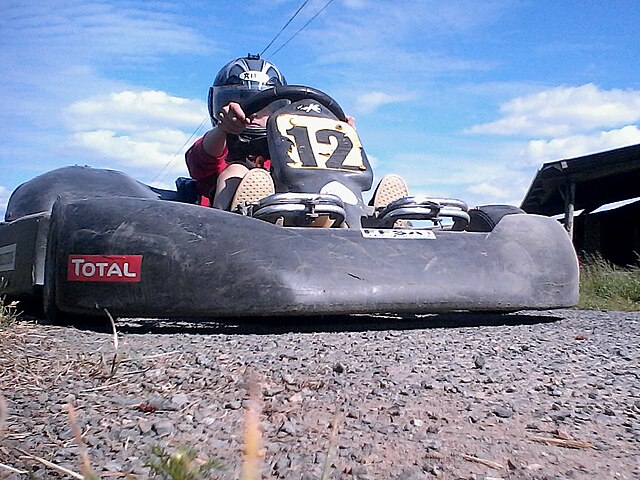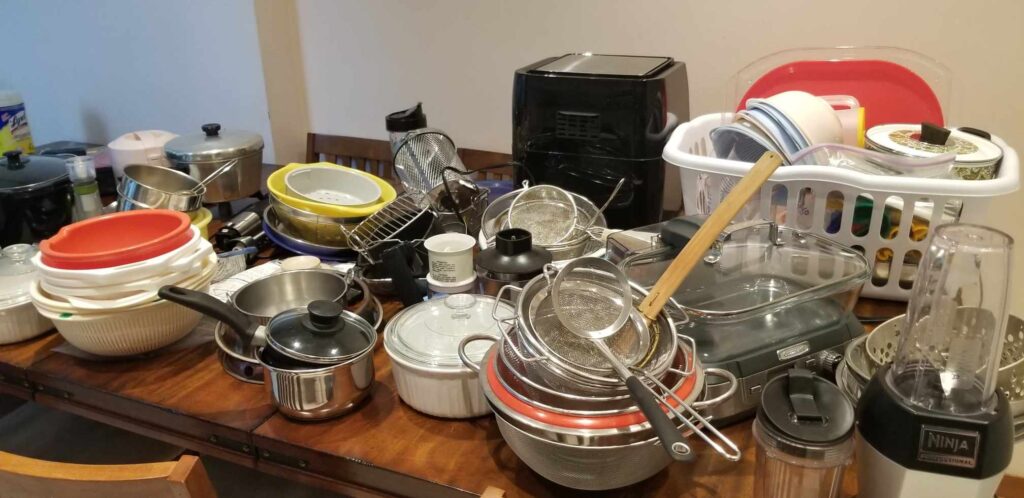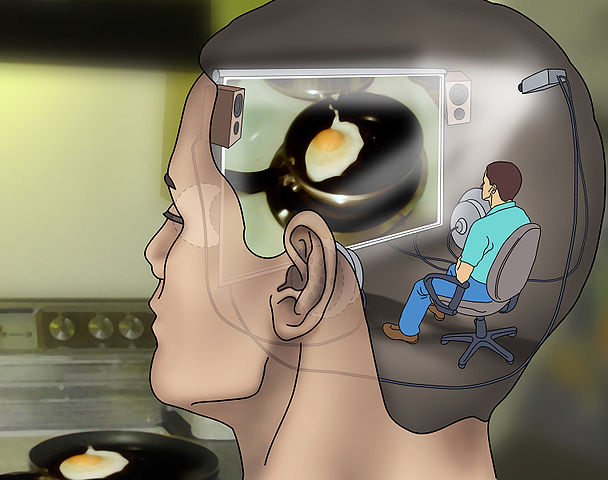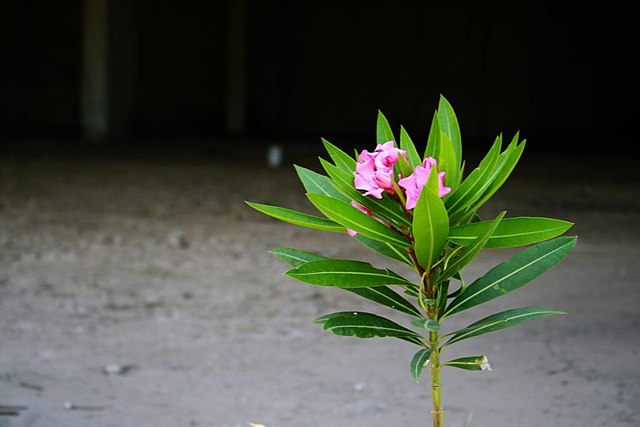
Recently in my yoga classes, I’ve been focusing on flow. The flow of your breath, the flow of energy in your body, and the flow of your emotions. It’s so easy for this flow to become stuck.
This can happen due to stress, when we tense our muscles and hold our breath, allowing energy to become constricted. Or, it can happen if we hold on too tightly to an idea of how the world should be, rather than allowing life to play itself out as it is. We can also become stuck in our emotions, refusing to let go of sadness, resentment, anger, or frustration.
I know I’m regularly guilty of all of the above. In recent years, I have experienced stuckness all over the place, and seem to have lost a basic sense of trust. Trust that things will generally work out, trust that certain people will come through for me. I don’t believe any of those things anymore.
And yet, if I allow myself the time to sit still, I can still sense the flow. I can still feel that my breath is a wave. That air flows in, and it also flows out. There is a natural exchange in that flow of energy. And it’s beautiful. I’m trying to trust in that.
A couple of weeks ago, we said a final goodbye to my father-in-law as we spread his ashes in the Niagara River. We gathered in a park by the water, and my husband and his brother took turns emptying the contents of his urn into the river. The sky was a slate grey above us as we watched the proceedings in silence.
His ashes were an interesting tan colour, lighter than the dirt around us, and as the waves gently washed in, they mixed in with my father-in-law’s remains and carried them out to sea. Accepting them, diluting them, spreading them. My father-in-law is now one with the river.
On that day, I looked out at the horizon beyond the water, and then turned back to look at the pretty autumn leaves all around us, and felt that my father-in-law was at peace. He’d always loved Niagara-on-the Lake, and had visited this place regularly during the last few years of his life. I could feel his approval of our choice for his place of rest.
The next day, as we were heading out of town, we decided to stop by the falls. It somehow seemed wrong to leave the area without taking a look at what has always made it famous. As we stepped out of the car into a sunny day, with a clear blue sky, we noticed a big rainbow over the falls. One of the biggest and clearest rainbows I have ever seen.
As legend has it, the rainbow is a Biblical sign of God’s promise, that He will never flood the earth again. But it’s also a sign of hope. Of beauty. Of impending good fortune. On that day, it also felt incredibly fragile, like we could lose it at any moment. So, we all grabbed for our cameras and took plenty of shots, trying to capture the moment forever. Holding on. Blocking flow, as we humans tend to do. Knowing that this moment may not last.
And then, as we slowly walked back to the car under the shadow of the trees, the wind suddenly picked up and showered us with red and gold leaves. They fell all around us, dropping lightly, and swirling, like feathers to the ground. It seemed to me in that moment that the trees weren’t losing their leaves, they were giving them to us as a gift. It wasn’t loss. It was reciprocity. Unlike us, they weren’t trying to hold on. They were giving back to the earth. The natural give and take of life.
In that moment, I could really feel the flow of the universe. The flow of the water that carried away my father-in-law’s ashes, the sudden appearance of a rainbow above the mist the falls, the shower of leaves as they cascaded over our heads – it was all movement. Nothing was stagnant here, except perhaps myself.
The universe was showing me how to inhale and exhale. It was showing me how to trust in the flow. It was reminding me that, even though we may lose things, we can still gain them too. The world will go on – if we let it. We just have to keep breathing, keep moving, and keep watching for that rainbow in the sky.









